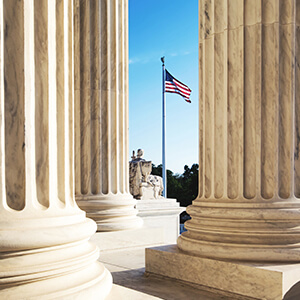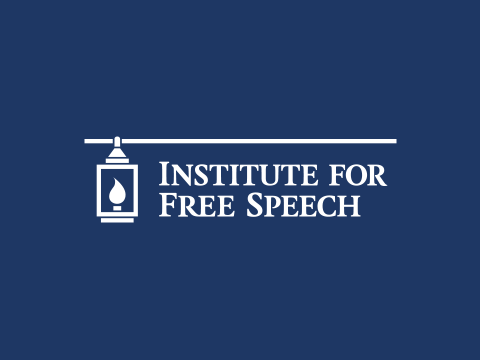Welcome to the PAC jungle
By Allen Dickerson
A federal court decision in the District of Columbia recently spawned another political entity to add to the growing field of political action committees, 527s and Super PACs. These new dual-purpose PACs are the latest creatures to enter the crowded, mutating environment created by the recent spate of campaign finance judicial rulings. Their arrival, sadly, does little to clarify the rules governing campaigns. In fact, it raises the already substantial barriers to authentic, grassroots political activity.
To understand the origins of dual-purpose PACs, we need to explore how Super PACs came to be. These misleadingly named creatures of statute exist because of a court case, SpeechNow.org v. FEC, which required the Federal Election Commission to allow both individuals and groups of individuals to engage in political speech on the same terms. Since a single person was permitted to spend unlimited amounts on political speech, that same rule was extended to groups of people in the forms of PACs and 527s.
Similarly, dual-purpose PACs arose because of Carey v. FEC, a case concerning a PAC run by James Carey, a retired Navy admiral. That organization, the National Defense PAC (ND PAC), supported candidates who had served in the armed forces. Its support came primarily through direct contributions to candidates, which were limited by law. But taking advantage of the SpeechNow.org case and other precedents, ND PAC also wanted to accept unlimited sums to spend on its own advertisements.












